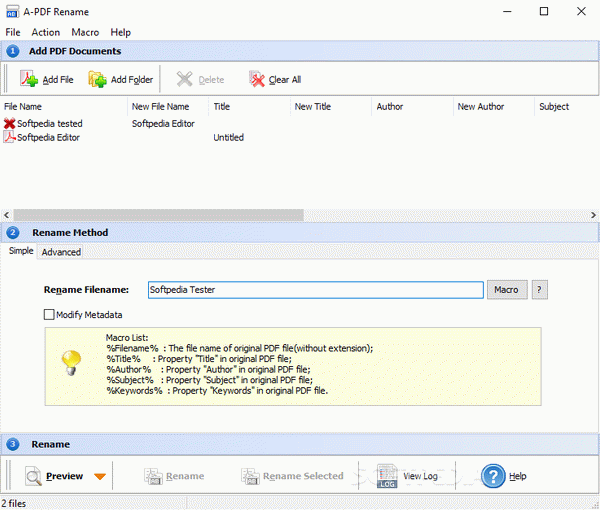


Since metadata is replaced only in those fields where the check box is active, you can load a template with more information than you intend to use and simply uncheck the boxes next to the unneeded fields. If the check box next to the field is empty, then that field in the original image file will not be replaced or overwritten. If you click in a field and start typing, a checkmark will appear in a box next to the field, indicating it will be added to the image when you press the Apply Stationery to Selection button. You can then load a previously saved template, or use the information left from the last entry. Select images with your shift or control/command keys, just as you do with most other applications. All field entries are retained from the last use, unless you used the Clear button to selectively remove them. The key difference from the standard IPTC Info dialogue is you can select a group of images in a folder and apply the contents of the IPTC Stationery Pad. Note above the pop-up menu is activated for the “City” metadata field, showing a pick list of previously saved terms.
#Using bulk rename utility to add metadata generator
The IPTC Stationery pad (Windows version shown above) is a flexible metadata template generator to create, load, save and apply metadata to any number of image files at the same time. Since the IPTC Stationery Pad holds the last set of data entered, many will find it just as easy to use this method for applying metadata to single images or selections. This feature is the real powerhouse for applying metadata with Photo Mechanic. For multiple files, it is much easier to use the IPTC Stationery Pad – the Photo Mechanic equivalent of a metadata template – to apply metadata to all selected images at the same time.


 0 kommentar(er)
0 kommentar(er)
